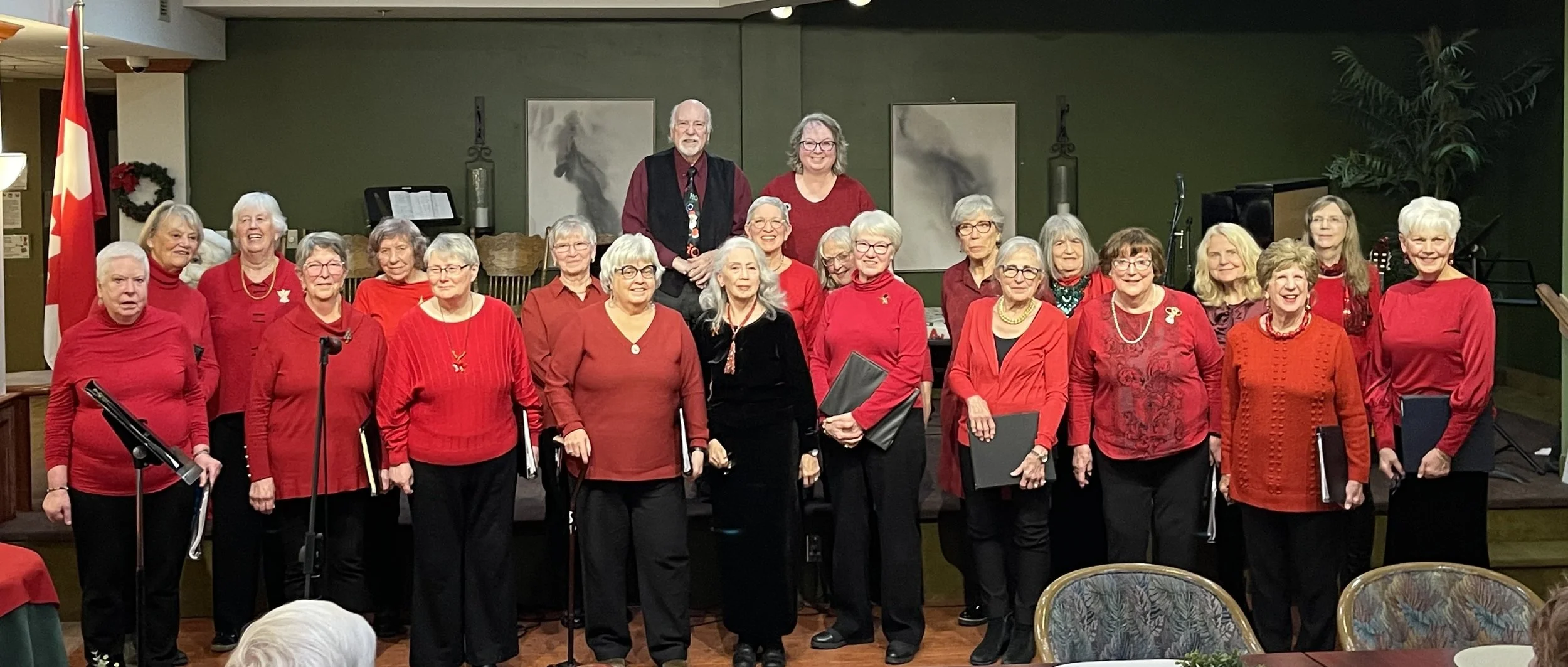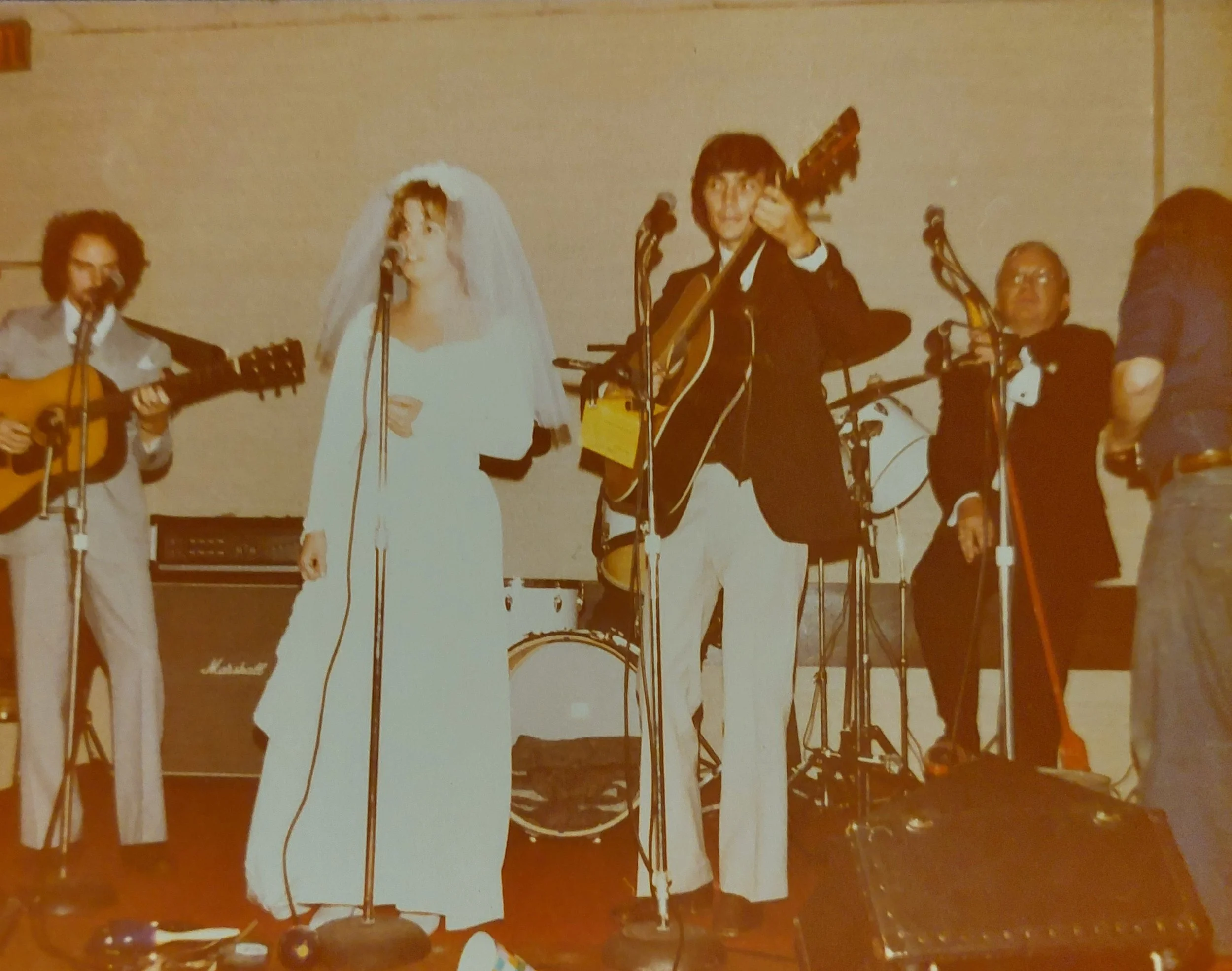I approach the Advent season (starts in 2 weeks!) with much excitement, yet a fair amount of fear and trepidation. The season thrives on consuming … and yet there has always been the tension for me of intentionally discovering the joy, hope, peace and love in the season … and being part of a faith community with its many activities and opportunities to gather and explore and celebrate the season in a different way.
But the tension is real. During Advent I regularly visit websites that offer alternatives to spending money … and buying more stuff. It’s a challenge. The Advent Conspiracy is a great organization that is still going (they began in 2006) and offers lots of resources for alternative ways of giving and celebrating during the season. And there are many others.
This week, as Buy Nothing Day approaches on November 29th (I will say more about that next week) … and the 2025 United Nations Climate Change Conference continues to take place in Brazil until next Friday, I am thinking about my own personal habits and frame of mind as I prepare for the season. It is always the time when I try to set some boundaries and parameters around my own practices over the next 2 months.
And I make promises to myself that “this year will be different.”
I began a sermon in 2010 by showing one of my favourite songs … Delbert McLinton, Lyle Lovett and John Prine singing “Too Much Stuff.”
https://youtu.be/U3PLjbuTI48?si=yGh8vCE_XWu2k5rZ
I went on to talk about (and confess) my own addiction to having too much stuff. The gospel that day was from Luke 12, the “parable of the rich fool” it says in my bible.
The story that Jesus taught is not a lesson saying that it is evil to have wealth. It is not a lesson meant to create guilt for those who have much. It’s a lesson about the questions that we ask ourselves about how we want to live our lives, how we want to use our resources. Which gets us back to stewardship, and discipleship.
The following words come from a piece I wrote in my 2017 UCC Lenten study book, “Parables, Prayers and Promises: Daily Devotions About Jesus”.
“I have too much stuff. There was a time, many years ago, when I spent eight months in Britain and Europe, and everything I owned fit into a large red knapsack. When I went to Corrymeela for 3 months, everything I needed fit into a large suitcase. It was quite liberating. But somehow, over many decades, I have amassed a lot of stuff. And, if I am to make a personal confession here, I often succumb to buying more stuff. I come by it honestly – my mom was a great shopper in her prime … whether she could afford it or not. I think it was her therapy in times of stress.
The Story of Stuff (story of stuff.org) explores the route that “stuff”, for example, clothes, electronics, toys, household items, etc. take to get to the shelves in our stores. They most often originate in countries in what we would call the South, or the developing world, and end up in the North, for those of us who are the largest consumers in the world. It is shocking how disposable our society has become. However, who hasn’t been frustrated by trying to find a place that will fix a small appliance or electronic device, only to be told that it would be cheaper to just buy a new one? We are all caught in a crazy system, and we are all looking for ways to make it better.
Jesus tells us that all the treasure we need is in fact deep inside our hearts. He challenges us to resist the pressures of our society, to be counter cultural, and to ask ourselves about how we want to live our lives, how we want to use our resources.”
I was pleased to discover that The Story of Stuff is still going and has turned into quite a large organization, with lots of resources, (including their 20 minute original film, which you can find on Youtube) about how to reduce your stuff.
The Story of Stuff - Story of Stuff
This week, you will start to hear and read about some of the events planned for the coming season – a new faith study from the Sanctified Arts folks which begins on November 26, community events, and many ways to support others during the coming weeks. I feel slightly more prepared this year to ride the “Bethany Advent and Christmas train” (last year I said it was like trying to jump on board a moving train!)
This coming Sunday, we bless all the animals in our care. The all ages service will once again feature some wonderful prayers from “Prayers from the Ark” by Carmen Bernos de Gasztold, and the BBC youtube video “Nature Makes You Happy”. I will bless granddog Murphy virtually, (pictured below) whose cancer has returned, but at the moment is well.
Nature Makes You Happy | BBC Earth
See you Sunday.









































